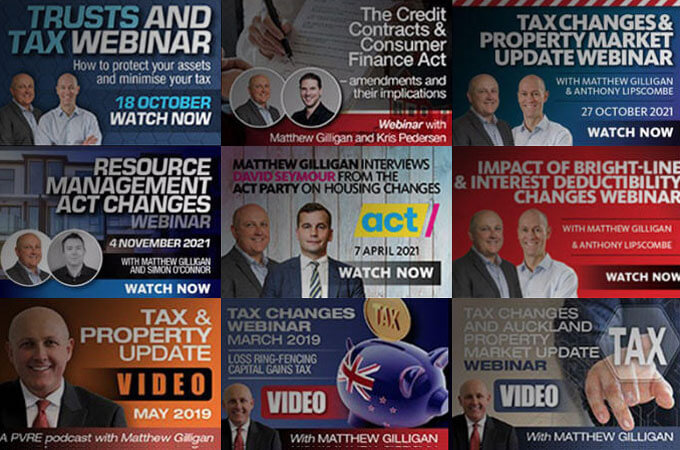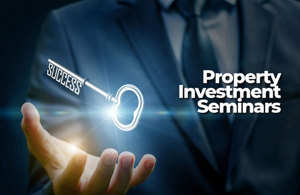
From time to time clients contact us to ask what their employees are entitled to with regard to annual leave and sick leave. This is obviously an important thing to get right, for both employers and their staff.
The Labour Party made a promise before the recent election to modify sick leave if they remained in power. Now we have a Labour Government, they are now implementing those changes. So I thought it worthwhile to overview annual leave and sick leave legislation as it is now, and what it is likely to look like moving forward.
Annual Leave
All employees become entitled to four weeks' annual leave after 12 months of continuous employment, and the right to this leave applies to all types of employees.
• In limited circumstances, some employees may be paid their annual holiday entitlement on a pay-as-you-go basis.
• Employees can ask to cash-up up to one week of their four weeks’ minimum entitlement to annual holidays each year.
• If a business has an annual closedown, employees may have to take their annual holidays entitlement then. In general, however, employees should be able to decide when to take their annual holidays.
• If an employee has been working less than a year, they aren’t entitled to annual holidays but their employer may let them take some of their annual holidays in advance.
• If an employee's job ends before they become entitled to annual holidays (and the employer has not been paying annual holidays on a paid-as-you-earn basis), the employer must pay out any outstanding annual holidays at 8% of the employee's total before-tax earnings from the time they started the job to the end.
Sick Leave
Sick leave is paid time off work if an employee, their spouse, partner, dependent child, or other person who depends on them is sick or injured.
• All employees (including part-time and casual employees) are entitled to five days' sick leave if:
• they have six months’ current continuous employment with the same employer, or
• they have worked for the employer for six months for:
o an average of 10 hours per week, and
o at least one hour in every week or 40 hours in every month.
• For each 12-month period after meeting the above, each employee gets at least five days’ sick leave. If in any year the employee doesn’t meet the criteria, then they don’t get any new sick leave entitlement, but can use their sick leave balance which may have carried over. An employee may re-qualify for sick leave as soon as they meet the criteria.
• Employees who don’t use their sick leave can accumulate it, up to 20 days.
• Sick leave entitlements are not pro-rated in any way. Every employee is entitled to five days’ sick leave per year, i.e. five days away from work, if they or a dependent are sick or injured.
• A “day” is constituted according to the individual and their normal hours of work on the day they’re sick. If they normally work a seven-hour day, then it’s seven hours. If they work a 4.5 hour day, then it’s 4.5 hours. Sick leave would be paid at the rate the employee would normally have earned for the day, i.e. relevant daily pay for the day in question.
• So a part-timer who works only three days a week is still entitled to five days’ sick leave. A casual employee who works only one day a week could still qualify for five days’ paid sick leave if their employment extended beyond six months.
Changes to Sick Leave
The Government expects to have the law changed by the middle of next year, with changes coming into effect two months after it passes.
Workers who have already worked for at least six months, will have their leave increased to 10 days when they reach the anniversary of the first time they completed six months. The total amount of sick pay that can be saved will remain at 20 days under the new amendments.
Summary
If you are ever unsure about sick or holiday leave, talk to an employment lawyer or a GRA accountant (+64 9 522 7955, [email protected] or via our website).
Comments
Testimonials
Good morning, Just wished to thank you again for your informative and interesting lesson last night. Whilst I thanked you for your time, I did not compliment you on your clear knowledge and insight into your area of expertise. So compliments! Kind regards, - G F - April 2016
Property 101by Matthew Gilligan
Investing in residential property?
Put this at the top of your reading list.
If you're investing in residential property, seeking to maximise your ability to succeed and minimise risk, then this is a 'must read'.
Matthew Gilligan provides a fresh look at residential property investment from an experienced investor’s viewpoint. Written in easy to understand language and including many case studies, Matthew explains the ins and outs of successful property investment.
- How to find the right property
- How to negotiate successfully
- Renovation do's & don'ts
- Property management
- Case studies and examples
- and much, much more...







































